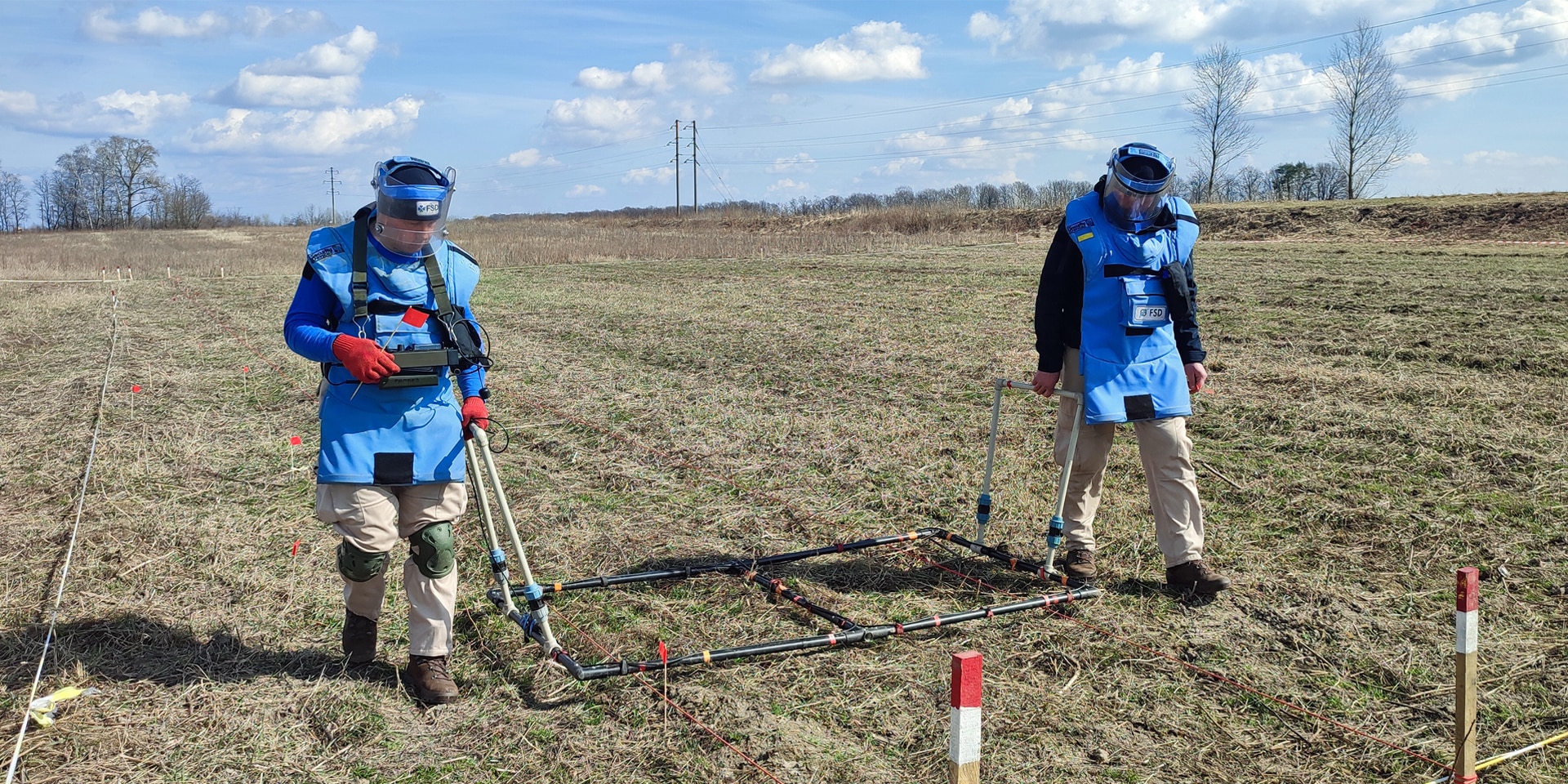What happens after the Summit on Peace in Ukraine?
On 16 June, more than 80 countries and organizations expressed their support for the Bürgenstock Communiqué. Since then, more states have endorsed the Summit's final declaration. This shows that the process for peace in Ukraine initiated at the Bürgenstock continues. Several debriefings and exchanges are planned. The meeting between Ambassador Gabriel Lüchinger and the Chinese Special Representative for Eurasian Affairs, Li Hui, in Beijing on Friday, June 28, 2024, is another example.

At the Bürgenstock, a large majority of the participating states and organisations agreed in a joint communiqué that the UN principles and international law must provide the framework for the future peace process. © FDFA
92 states and 8 international organisations from all regions of the world took part in the Summit on Peace in Ukraine at the Bürgenstock on 15 and 16 June. At the end of the summit, a large majority of the participating states and organisations agreed on jointly formulated positions and further steps with a view to a future peace process in the Bürgenstock Communiqué.
Thematic position statements in the Bürgenstock Communiqué
- Nuclear safety: The safe and secure use of Ukraine's nuclear power plants must be guaranteed and any threat or use of nuclear weapons is inadmissible;
- Food security: The unhindered transport of agricultural products across the Black Sea to improve food security must be ensured;
- Human dimension: All prisoners of war must be released as part of a comprehensive exchange. All Ukrainian children who have been unlawfully deported and displaced, as well as all other unlawfully detained Ukrainian civilians, must be returned to Ukraine.
The communiqué reflects the will of the States to establish a framework for future peace negotiations based on the principles of the United Nations and international law. A comprehensive, lasting and just peace in Ukraine is only possible on this basis. The three thematic areas discussed - nuclear security, food security and the human dimension - were chosen because the States believe that confidence can be built in these areas. The communiqué also emphasizes the need to involve all parties to the conflict in the peace process.
The Bürgenstock Communiqué is a living document. Other states and organizations can join the document at any time. This option is also open to states that did not participate in the summit. States can also withdraw. In the meantime, 90 states and organizations have endorsed the Declaration. Switzerland continues to actively support and pursue the process initiated at the Bürgenstock. Even if the possible further steps in this process still have to be concretized in the coming weeks, by organizing the summit, Switzerland has created a globally recognized momentum for a just and lasting peace in Ukraine. Switzerland is ready to continue to play an active role in this process. To this end, the momentum created must be utilized in the coming months.
Meeting with China
At Beijing's invitation, Ambassador Gabriel Lüchinger briefed the Chinese Special Representative for Eurasian Affairs, Li Hui, on the results of the conference and the next steps on 28 June 2024.
Possible points of contact between China's and Brazil's six-point plan and the process initiated on the Bürgenstock were also discussed. Switzerland welcomes all peace initiatives that are based on the UN Charter and international law. A lasting and just peace in Ukraine is only possible on this basis.
Switzerland is taking the message from Bürgenstock to multilateral organisations
On 18 June, two days after the Bürgenstock Conference, Switzerland emphasized to the UN Security Council, in the presence of Russia, that the dialogue on peace in Ukraine must continue after the conference - with the involvement of all parties to the conflict."We must have the courage to create peace, and to do that we must talk about it," stressed the Swiss representative to the Council. In New York, she also recalled that the Bürgenstock Communiqué is open to other states. 10 of the 15 Council members support the Communiqué: Ecuador, France, Guyana, Japan, Malta, the Republic of Korea, Slovenia, Switzerland, the United Kingdom and the United States.

In a multilateral context, Switzerland will also present the Bürgenstock Communiqué to the UN General Assembly, the Council of Europe and the Organisation for Security and Cooperation in Europe (OSCE) and attempt to encourage states to support the peace process.
And what is Switzerland doing in Ukraine?
Through its humanitarian aid and development policy, Switzerland continues to contribute to mitigating the consequences of the war in Ukraine and to supporting reform, demining and reconstruction efforts. This commitment also includes the areas of agriculture and energy, which are related to the issues of nuclear safety and food security enshrined in the Bürgenstock Communiqué. In October 2024, Switzerland will organize the Ukraine Mine Action Conference in Lausanne with the aim of promoting humanitarian mine action in Ukraine.



